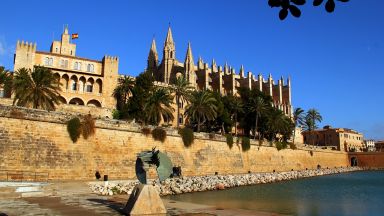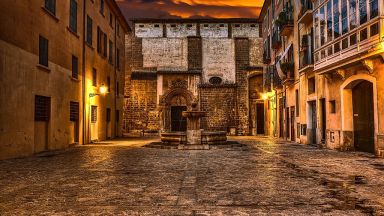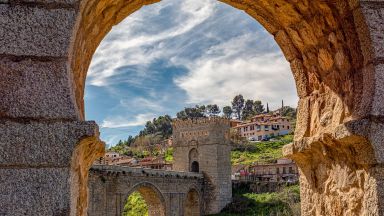Cáceres: The Complete Guide

Cáceres is a city of Spain it is the capital and most populated municipality of the province of Cáceres. Cáceres lies at the feet of the Sierra de la Mosca, a modest hill range. It is part of the Vía de la Plata (“Silver Route”) path of the Camino de Santiago that crosses the west of the Iberian Peninsula in a north–south direction.
The medieval walled city has been declared a UNESCO World Heritage Site with its narrow cobbled streets twist and climb among ancient stone walls lined with mansions, Renaissance palaces and churches crowned by storks’ nests.
Protected by defensive walls, it has survived almost intact from its 16th-century period of splendour. At dusk or after dark, when the crowds have gone, you’ll feel like you’ve stepped back into the Middle Ages.
Visiting Cáceres for the first time and wondering what are the top places to see in the city? In this complete guide, I share the best things to do in Cáceres on the first visit. Top help you plan your trip, I have also included an interactive map and practical tips for visiting!
This website uses affiliate links which earn a small commission at no additional cost to you.


